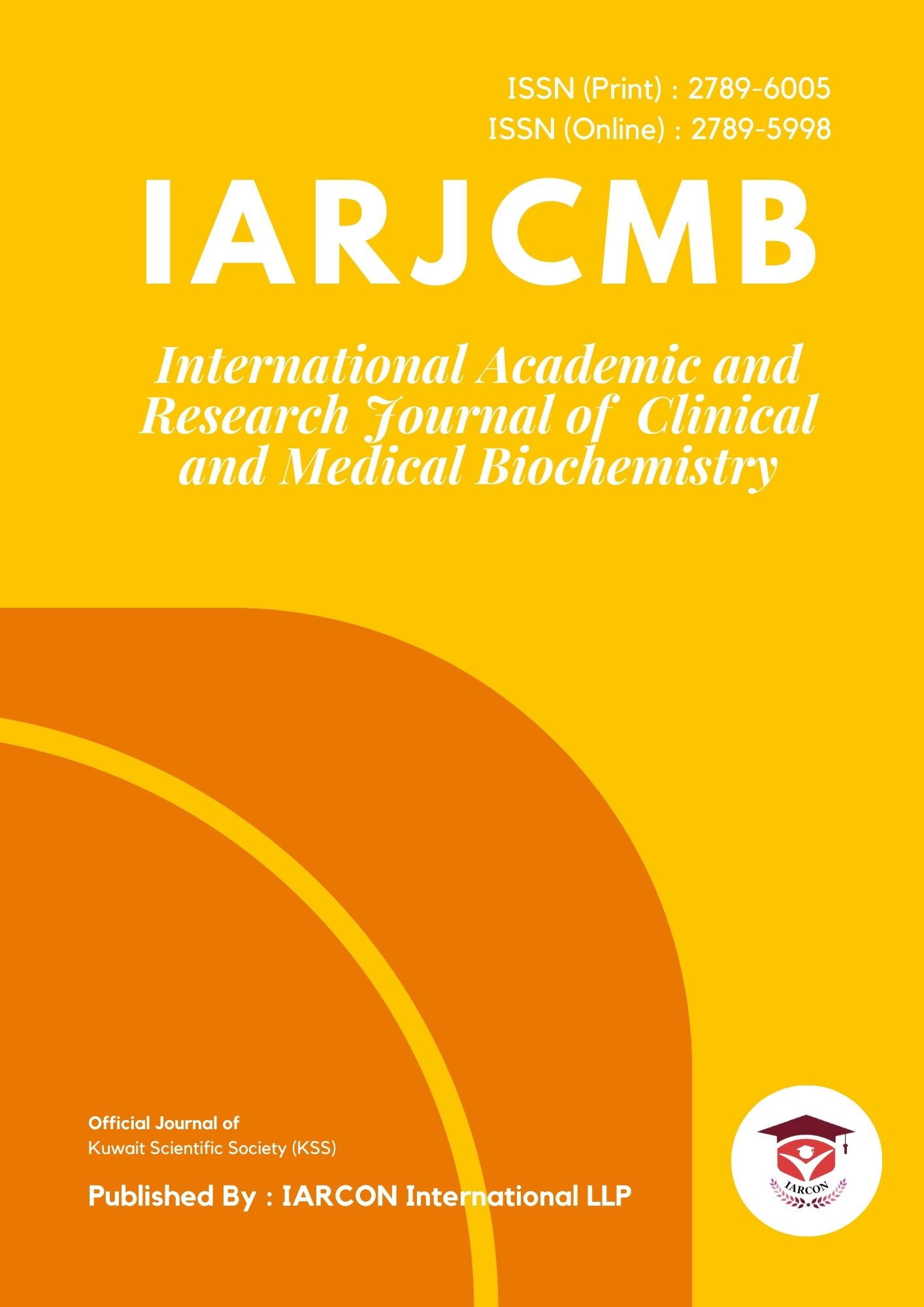2-1 Sample Collection: A total of 300 samples were acquired from hospitals in Mosul. Specifically, 100 samples were obtained from burn injuries under medical supervision at the Specialized Burns Center in Mosul between September 21, 2023, and January 1, 2024. Immediate attention was given to the handling of the samples to ensure their integrity.
2-2 Ethics Statement: Ethical approval for this research was obtained from the Ministry of Health and Environment, Nineveh Health Directorate, with reference number (37160) on September 20, 2023.
2-3 Cultivation and Diagnosis of Samples: The collected samples were directly cultured on MacConkey medium and incubated at 37°C for 24 hours. Subsequently, isolates were purified using the streak plate method on MacConkey medium, followed by incubation at 37°C for an additional 24 hours. A single pure colony was initially subjected to standard bacteriological tests, encompassing assessments of colony morphology on MacConkey agar, Gram stain, catalase, and oxidase tests [9].
Phenotypic and microscopic characterization, along with chemical tests, were performed. Further diagnosis was carried out using the Vitek2 system, followed by molecular diagnosis through 16S rRNA analysis.
Collection and Preparation of Plant Extract: Fenugreek seeds were procured from stores, dried, and ground using a household mixed.
2_4 Antibiotic susceptibility test
The antibiotic susceptibility test was conducted using the disc diffusion method in accordance with the Clinical and Laboratory Standards Institute (CLSI) guidelines from the year 2023. Acinetobacterbaumannii, Citrobacter ferundii and Enterobacter hormaechei isolates were cultured on brain heart infusion agar. After an incubation period at 37°C for 18-24 hours, single colonies, approximately 3-5 in number, were selected and transferred into a test tube containing 4 ml of normal saline to produce a bacterial suspension. Activated the bacteria and were incubated at 37 close to tube (0.5) of the standard McFarland tubes for 24-18 hours [10].
On the next day, a bacterial suspension was prepared, in which the bacterial count was equivalent to bacterial culture and placed in a plate containing the1.5 x 810 cells/cm² [11].
A sterile cotton swab was immersed in the adjusted suspension, rotated several times firmly on the inside wall of the tube above the fluid level to eliminate excess inoculum, and then used to streak the entire surface of a Mueller-Hinton agar plate. This streaking process was repeated two more times, rotating the plate approximately 60° each time to ensure an even distribution of the inoculum. The plates were left to dry at room temperature for 15-20 minutes.
Subsequently, antibiotic discs were placed on the agar using sterile forceps and pressed firmly. The plates were then incubated at 37°C for 18-24 hours. Following incubation, the diameter of the inhibition zones around the discs was measured using a metric ruler (mm), and the results were interpreted as sensitive, intermediate, or resistant based on the CLSI guidelines from 2023.
The MICs of Antibiotic for the bacteria were determined by broth microdilution method as described by Clinical and Laboratory Standard Institute-CLSI 2023, For each strain, duplicate sets10 tubes for double dilutions each were with Concentration (5000,2500.1250,625,312.5,156,78,39,19.5 µg/ml)and the first tube was a control,. The MIC was defined as the lowest concentration of antibiotic that inhibits the visual growth of bacteria after 18 hours of incubation. The final inoculum was5 × 105 CFU/mL. The tubes were incubated for 18 h – 24 h at 37°C.
The results of meropenem showed that the minimum Inhibitory concentration for bacteria they showed higher MIC concentrations, so they were 1250 µg/ml for Acinetobacter baumannii and Citrobacter freundii while the Enterobacter hormaechei bacteria were 10.000µg/ml.
2-5 Aqueous Extract: The Seeds taken and ground in an electric grinder, then 10 grams were taken from them and placed in a Soxhelt device to extract a water extract. This extract was filtered with Whitman filter paper and this extract was concentrated using a rotary evaporator under reduced pressure at a 40C [12].
The aqueous extract powder was stored at 4°C in closed bottles until use [13].
2_6 Preparation of Concentrations: Concentrations of 1000, 500, 250, and 125 µg/ml of the aqueous extract were prepared by dissolving it in sterile distilled water (1g/10ml ), following the method described by (Abdalah et al.,2011) [14], resulting in a descending range of extract concentrations from 1000 µg/ml to approximately 125 µg/ml.
2-7 Antibacterial Activity: Agar dilution method used for determining antimicrobial susceptibility, was employed. The antimicrobial agent was incorporated into a series of agar plates containing increasing concentrations of the agent to be tested. Inoculums of various microorganisms were simultaneously applied to the agar surface and incubated for 24-48 hours. A standardized inoculum was prepared, achieving 0.5 turbidity on the McFarland scale (1 × 108 colony-forming units (CFU) mL-1). Growth was measured and compared with the control. Mueller Hinton medium was used for its proven efficacy in routine susceptibility testing of non-fastidious bacteria [15].





